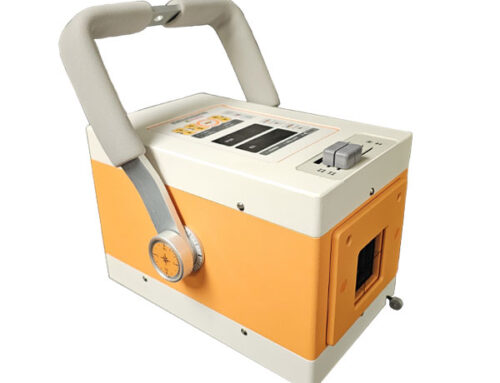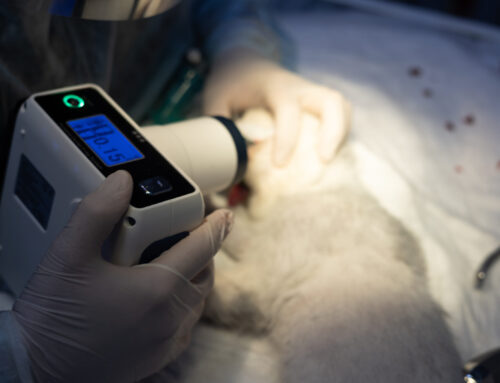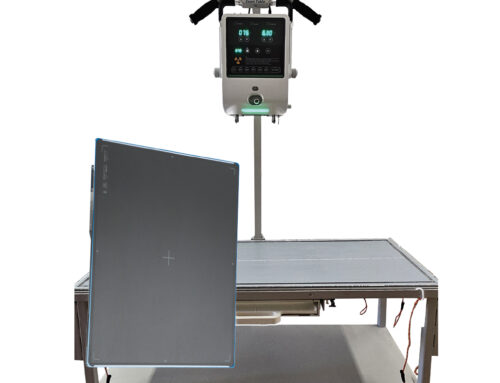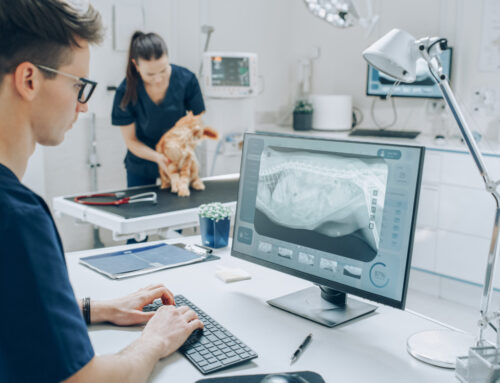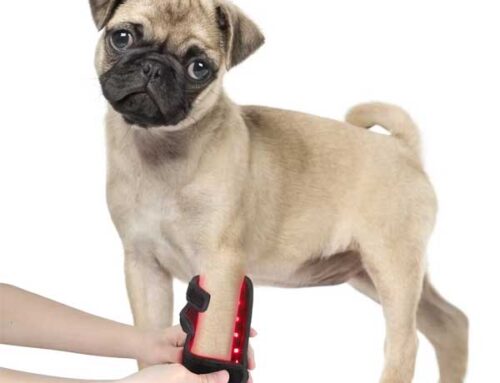Welcome
to this month’s blog, Human. Lucky
you…you’re an omnivore meaning that you can digest and use many foods, both
plant and animal. We can live well on a
large variety of different foods and diets.
Not every animal is as fortunate as we humans.
Cats
need to eat meat in order to survive. Their diet should be high in animal
protein, high in moisture, moderate in fat, and low in carbohydrates. How do we
know? Let’s take a look at your cat’s
digestive system.
need to eat meat in order to survive. Their diet should be high in animal
protein, high in moisture, moderate in fat, and low in carbohydrates. How do we
know? Let’s take a look at your cat’s
digestive system.
To
Survive or to Thrive…That is the Question
Survive or to Thrive…That is the Question
There’s
a big difference between surviving and thriving. Human and cat bodies can
tolerate terrible things and still survive. Surviving is just the body staying alive. The body can become injured or diseased and
still survive. Thriving is all together different. Thriving is when the body works optimally and
no disease is present. A cat can survive when fed a diet that is high in
plant matter, but they can’t thrive on it.
a big difference between surviving and thriving. Human and cat bodies can
tolerate terrible things and still survive. Surviving is just the body staying alive. The body can become injured or diseased and
still survive. Thriving is all together different. Thriving is when the body works optimally and
no disease is present. A cat can survive when fed a diet that is high in
plant matter, but they can’t thrive on it.
Just
imagine a new, crazy diet fad; we’ll call it the Wild & Wooly Diet. A diet consisting almost exclusively of wool. Technically, you can eat it. Your body would continue to work; it might
even find a bit of nutrition in the shale.
However, you would soon notice
digestive issues that would eventually progress to more serious health
concerns.
imagine a new, crazy diet fad; we’ll call it the Wild & Wooly Diet. A diet consisting almost exclusively of wool. Technically, you can eat it. Your body would continue to work; it might
even find a bit of nutrition in the shale.
However, you would soon notice
digestive issues that would eventually progress to more serious health
concerns.
Just
like humans can’t digest wool well, cats can’t digest plant matter very well.
Different species, different rules. Sure, cats may get some benefit from plant
matter, but the risk for chronic disease goes up.
like humans can’t digest wool well, cats can’t digest plant matter very well.
Different species, different rules. Sure, cats may get some benefit from plant
matter, but the risk for chronic disease goes up.
Cats
are Carnivores. We Know This Because…
are Carnivores. We Know This Because…
#1:
Food in the Wild
Food in the Wild
When
cats are left to choose, they choose other small animals. Their prey tends to
be rodents, small birds, and insects. These smaller animals are eaten whole,
that means fur, bones, organs, etc. Occasionally cats will be seen
nibbling on plant life, but this makes up a very small portion of their diet.
cats are left to choose, they choose other small animals. Their prey tends to
be rodents, small birds, and insects. These smaller animals are eaten whole,
that means fur, bones, organs, etc. Occasionally cats will be seen
nibbling on plant life, but this makes up a very small portion of their diet.
#2:
Meat Eater’s Teeth
Meat Eater’s Teeth
Fluffy’s
teeth are thin and pointed for a reason. They are used for ripping and tearing meat –
not chewing. Often, cats will chew their food as little as possible before swallowing.
A cat’s jaws move only up and down (not
side to side) and they have powerful muscles in their necks for swallowing
meat. Eating vegetation requires serious chewing. Animals that naturally eat
plants have large, flat molars; think about a horse and his carrots. Not
only are the teeth flat, the jaw moves side to side to help grind the plant
matter.
teeth are thin and pointed for a reason. They are used for ripping and tearing meat –
not chewing. Often, cats will chew their food as little as possible before swallowing.
A cat’s jaws move only up and down (not
side to side) and they have powerful muscles in their necks for swallowing
meat. Eating vegetation requires serious chewing. Animals that naturally eat
plants have large, flat molars; think about a horse and his carrots. Not
only are the teeth flat, the jaw moves side to side to help grind the plant
matter.
#3:
Short Digestive Tract
Short Digestive Tract
Evolution
has resulted in a shortened digestive tract in meat-eating animals. Since cats
eat their prey whole (including bacteria and other iffy items), it makes sense that they would need to digest
food quickly. The longer the food is in the digestive tract, the more time for
bacteria to build up and potentially cause illness. On average, the entire
journey of the food from the mouth to the anus in a cat (20 hours) is less
than half the time of a human (53 hours).
has resulted in a shortened digestive tract in meat-eating animals. Since cats
eat their prey whole (including bacteria and other iffy items), it makes sense that they would need to digest
food quickly. The longer the food is in the digestive tract, the more time for
bacteria to build up and potentially cause illness. On average, the entire
journey of the food from the mouth to the anus in a cat (20 hours) is less
than half the time of a human (53 hours).
#4:
Lack of Correct Enzymes
Lack of Correct Enzymes
Digesting
vegetation requires certain enzymes to break down the cell walls of the plant.
Animals that naturally eat plants produce an enzyme called cellulase in their
saliva that helps begin to break down the plant matter.
Cats
do not produce cellulase. Instead, a cat’s pancreas must produce a different
enzyme called amylase to help digest plants. The cat’s pancreas is only
designed to create a small amount of amylase as there is little plant matter in
a wild cat’s diet. When a cat’s diet is high in plant matter, the cat’s
pancreas becomes stressed from having to produce enough amylase to digest that
plant matter.
do not produce cellulase. Instead, a cat’s pancreas must produce a different
enzyme called amylase to help digest plants. The cat’s pancreas is only
designed to create a small amount of amylase as there is little plant matter in
a wild cat’s diet. When a cat’s diet is high in plant matter, the cat’s
pancreas becomes stressed from having to produce enough amylase to digest that
plant matter.
#5:
Inability to create certain amino acids and fatty acids
Inability to create certain amino acids and fatty acids
Amino
acids are found in every food whether plant or animal based. These are the
building blocks of proteins and fats that are needed to sustain life. Sometimes
an animal’s body can create necessary amino acids and other times they must be
found in the food the animal eats. When an animal cannot create a certain amino
acid it needs, that amino acid is considered an essential amino acid for that
animal. There are also essential fatty acids (fatty acids that an animal’s body
cannot produce).
acids are found in every food whether plant or animal based. These are the
building blocks of proteins and fats that are needed to sustain life. Sometimes
an animal’s body can create necessary amino acids and other times they must be
found in the food the animal eats. When an animal cannot create a certain amino
acid it needs, that amino acid is considered an essential amino acid for that
animal. There are also essential fatty acids (fatty acids that an animal’s body
cannot produce).
Cats
have essential amino acids and essential fatty acids that can only be found in
meat. Cats also cannot create vitamin D using their skin. They need to get
vitamin D3 from animal sources (not D2 from plant sources). Other vitamins and
minerals cats must get from meat are vitamin B, calcium, phosphorus, iron, and
vitamin A.
have essential amino acids and essential fatty acids that can only be found in
meat. Cats also cannot create vitamin D using their skin. They need to get
vitamin D3 from animal sources (not D2 from plant sources). Other vitamins and
minerals cats must get from meat are vitamin B, calcium, phosphorus, iron, and
vitamin A.
***
This blog is brought to you by Diagnostic Imaging
Systems. Diagnostic Imaging Systems, Inc. (DIS) has been providing
Quality Imaging products since 1983. The company combines industry knowledge with
an understanding of the veterinary practice. For more information, go to
Diagnostic Imaging Systems, Inc. website at: www.vetxray.com
Systems. Diagnostic Imaging Systems, Inc. (DIS) has been providing
Quality Imaging products since 1983. The company combines industry knowledge with
an understanding of the veterinary practice. For more information, go to
Diagnostic Imaging Systems, Inc. website at: www.vetxray.com
All content provided on this blog is
for informational purposes only. The owner of this blog makes no
representations as to the accuracy or completeness of any information on this
site or found by following any link on this site. The owner will not be liable
for any errors or omissions in this information nor for the availability of
this information. The owner will not be liable for any losses, injuries, or
damages from the display or use of this information. These terms and conditions
of use are subject to change at any time and without notice.
for informational purposes only. The owner of this blog makes no
representations as to the accuracy or completeness of any information on this
site or found by following any link on this site. The owner will not be liable
for any errors or omissions in this information nor for the availability of
this information. The owner will not be liable for any losses, injuries, or
damages from the display or use of this information. These terms and conditions
of use are subject to change at any time and without notice.
###


